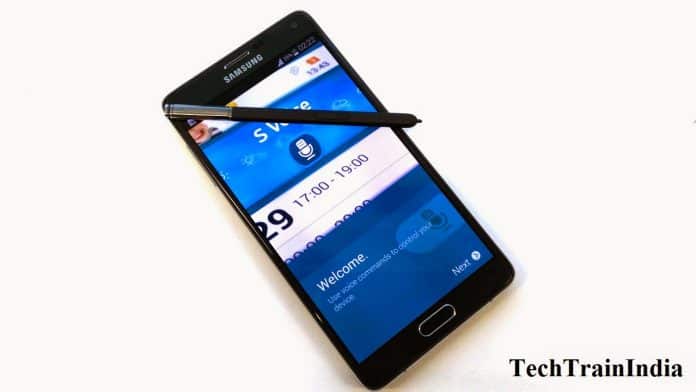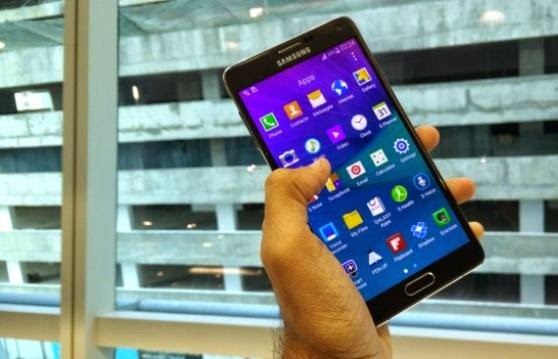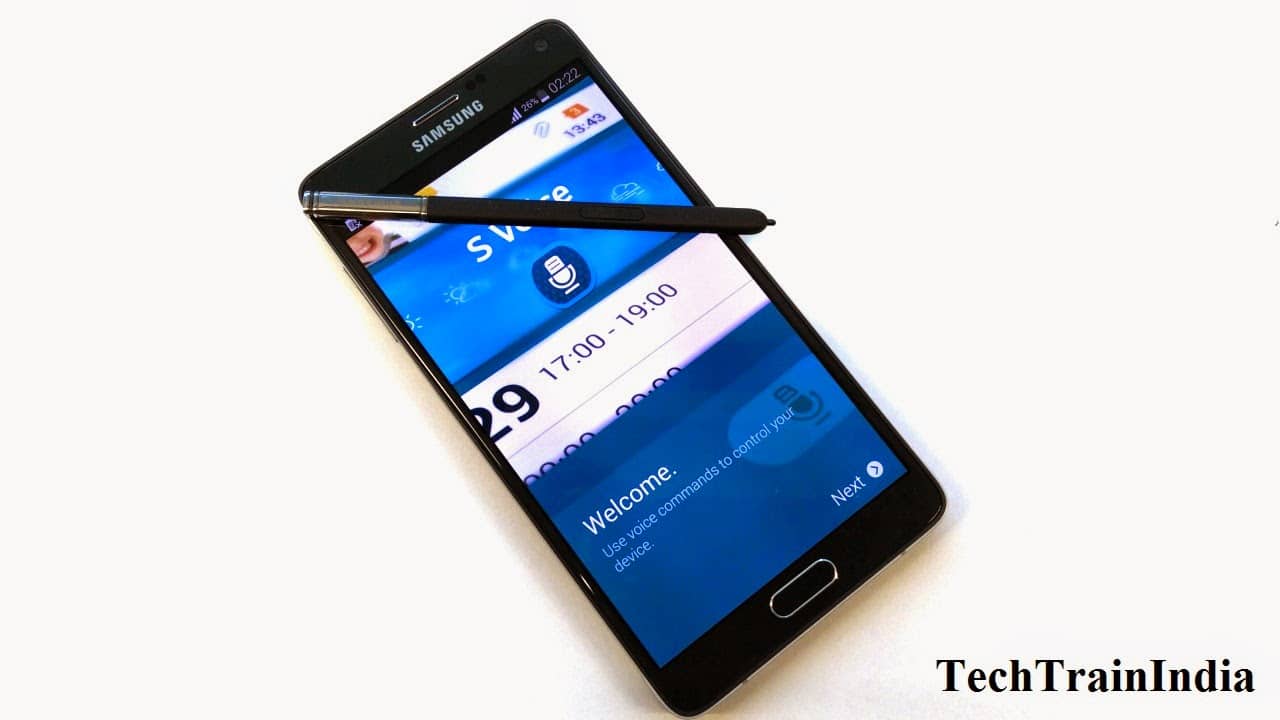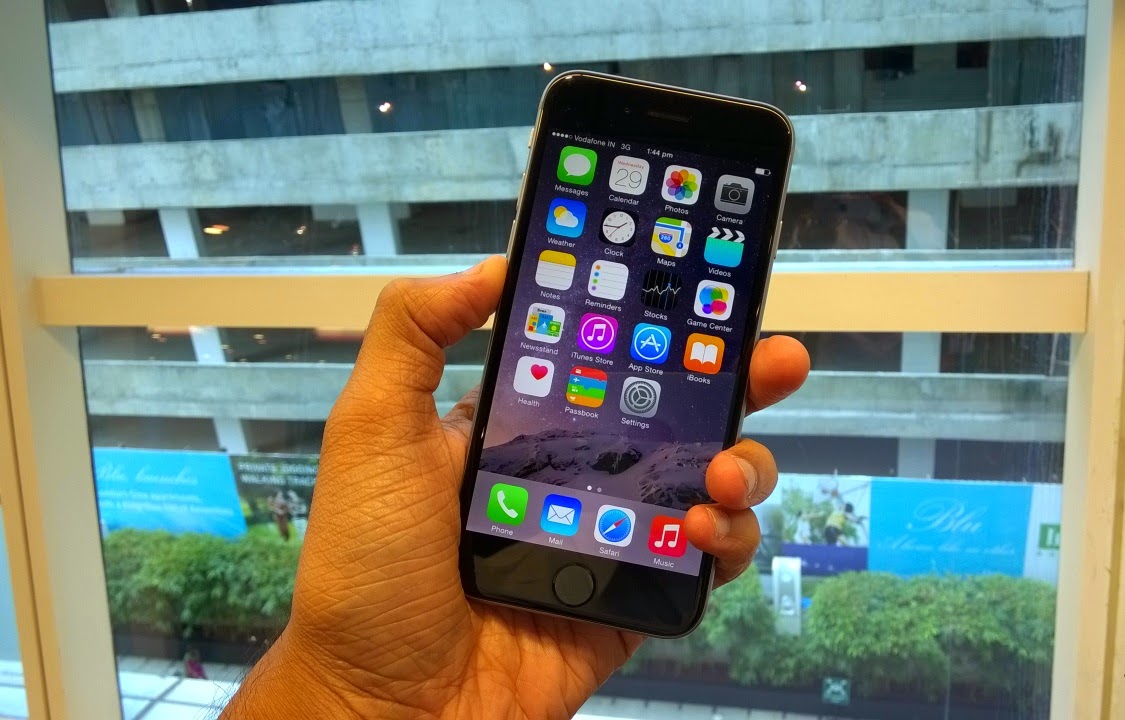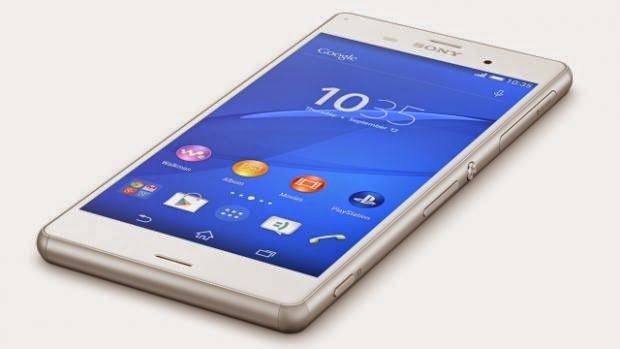This year has seen an extravaganza of smartphones, not just from the established players such as Samsung, Apple, LG and Sony and Indian smartphone makers, but also the growing bunch of Chinese handset makers. The year 2014 was also the year Chinese handset makers truly arrived in India, with Xiaomi leading from the front followed by Oppo, Lenovo (which completed the acquisition of Motorola devices division this
year), Gionee (which had entered the Indian market in 2013), Huawei and most recently OnePlus. Their aggressive pricing took most of the big companies by surprise and allowed consumers to buy some pretty neat smartphones in the under Rs 10k price bracket.
This was also the year when the 4.5-inch to 5-inch screen size became pretty much a standard, with flagship devices from brands touching 6-inches in case of the Google Nexus 6. Apple, for instance, released two variants of the iPhone – the iPhone 6 (4.7-inches) and iPhone 6 Plus (5.5-inches).
Indian handset makers such as Micromax, Karbonn, Lava, Xolo, Spice, etc did release a lot of phones this year but the second half of the year was completely dominated by Xiaomi, with most of its sales being over within seconds of the start of time. Asus, the Taiwanese computer components giant, also impressed with its aggressive pricing and sales of the Zenfone series.
So let us take a look at the best phones that came out this year. We haven’t kept any budget constraints, as we have seen prices drop significantly since the phone launches.
Winner: Samsung Galaxy Note 4
Samsung may not have had a stellar 2014, what with its books showing the worst financial performance in three years. But its flagship phone – the Samsung Galaxy Note 4 – impressed on all fronts. Be it performance, software, battery life, innovations on the S-pen, camera performance, the Note 4 came away with shining colours. The fast charging feature which lets you charge your phone in under two hours was is a great value addition. The only feature missing would be the water and dust resistance that was seen on the Galaxy S5, but then the advantages offered by the Note 4 far outweighed the omission of the IP67 certification.
Android Lollipop was another update one would have expected from the Note 4, but that should come out anytime next year. Samsung Galaxy Note 4 has no equal when it comes to phones with stylus functionality. Read our full review of the Samsung Galaxy Note 4, to see for yourself how well the device performs and the seamless integration of the S-pen functionality.
Quick specs
Display: 5.7-inch Super AMOLED, 2560×1440 pixel
System on chip: Qualcomm Snapdragon 805
RAM: 3GB
Storage: 32GB (microSD expansion up to 128GB)
Camera (front / rear): 16MP / 3.7 MP
Battery Capacity: 3220mAh
Price: Rs 58,300
1st runner up: Apple iPhone 6
Apple finally succumbed to the trend of large screen smartphones and launched not one but two iPhone’s this year — the 4.7-inch iPhone 6 and the 5.5-inch iPhone 6 Plus. Globally, the iPhone 6 sales outstripped those of the iPhone 6 Plus. The iPhone 6 started at Rs 53,500, which was around the same price at which the iPhone 5s was launched last year. Considering the limited storage and the fact that you couldn’t expand the memory, the price seemed like it could be a deal breaker for many.
Apart from that, the iPhone 6 surpassed expectations in most areas, making it one of the best smartphones to get this year. It has a brilliant display, one of the best cameras you’ll find on a smartphone, excellent call sound quality and it’s super-fast to use. It’s definitely
the best iPhone you can buy. On the downside, the iPhone 6 lacks features compared to rivals. For example, it’s not waterproof, you can’t expand the storage and you can’t use NFC to transfer data. Read out full review of the Apple iPhone 6.
Quick specs
Display: 4.7-inch, 1334×750 pixel
System on chip: Apple A8
RAM: 1GB
Storage: 16GB (non-expandable)
Camera (Front / Rear): 8MP / 1.2MP
Battery Capacity: 1810mAh
Price: Rs 53,500
2nd runner up: Sony Xperia Z3
Sony’s flagship phone the Xperia Z3 impressed on most fronts and is the only phone in the winners list which comes with an IP68 certification. The overall performance, display quality, camera performance and battery life were great. Even the design improvements were impressive. One thing we disliked was the pricing for the device, considering other flagship phones were priced much lower, most of which were offering a somewhat similar performance. For camera enthusiasts, this phone is particularly great. Read our full review of the Sony Xperia Z3.
Quick specs
Display: 5.2-inch, 1920×1080
System on chip: Qualcomm Snapdragon 801
RAM: 3GB
Storage: 16GB (microSD expandable to 128GB)
Camera (Front / Rear): 20.7MP / 2.2MP
Battery Capacity: 3100mAh
Price: Rs 51,990
Worthy Mentions
While we have already listed out the best phones of the year, there were some other phones launched which may not be prize award worthy yet, but surely pushed the envelope this year.
This phone’s design made you do a double take. BlackBerry was swimming against the flow with this one and it was also clear that they understood that a purpose-built smartphone for a niche audience wouldn’t exactly appeal to every consumer, nor make any major dent in overall smartphone sales figures. If productivity is what you are after, and want a different looking phone, the Passport has you covered.
While this phone was launched in China in April this year, it only launched officially in India this month. Its invite-only system can be
annoying, but after having reviewed the device, the price point of Rs 21,999 makes it a phone we must recommend. Sure, it will not get Cyanogen updates officially in India, but then OnePlus will release their own custom ROM by February 2015. If you want a large screen device with great specs at an affordable price, this is the One to go for.
The second generation Moto X came with a lot of improvements both internally and on the design front. Performance was great, camera output was decent, almost stock UI with proprietary Motorola features was a pleasure to use and battery life could last over a day. Overall the Moto X was a complete package and at a price of Rs 31,999 was able to hold its own against flagships such as Sony Xperia Z3, LG G3 and so on.
This was the phone that started Xiaomi’s onslaught in India. At Rs 13,999 it offered specifications that were seen on flagship devices which were almost twice or three times its price. Indian consumers lapped up Xiaomi handsets and the success of the Mi3 has rubbed on to the Redmi 1S and the Redmi Note as well. Although the Mi3 no longer sells, Xiaomi is getting ready to launch the Mi4 in India as soon as it gets over its current case with Ericsson in the Delhi HC.

